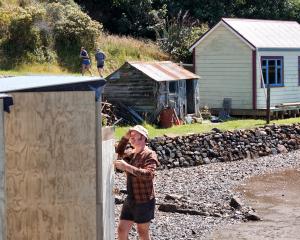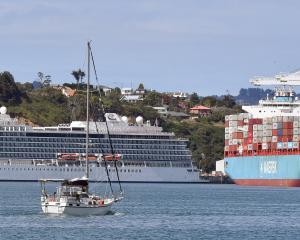
New University of Otago-led research suggests the increase in pockets of open water in the continent’s sea ice may allow coastal species to settle there in the future.
Otago marine science research fellow Dr Grant Duffy said researchers found evidence the area of polynyas (pockets of open water) around Antarctica was increasing dramatically.
He said it appeared to be following an intriguing cycle, where the pockets grew and shrunk roughly every 16 years.
"We’re not completely sure what is driving the cyclical pattern, but the ecological implications could be huge."
Monash University researcher and study co-author Dr Ariaan Purich said the cyclical patterns appeared to line up with atmospheric drivers, including the Southern Annular Mode — a climate phenomenon that circles Antarctica and influences weather in New Zealand and Australia.
"Recent record low Antarctic sea ice coverage has been linked with ocean warming.
"In coastal environments, large-scale atmospheric variability and trends can interact with changing ocean conditions to shape the extent of sea ice.
"These findings give us exciting insights that will help us predict coastal sea ice coverage in the future."
Otago marine science researcher and study senior author Prof Ceridwen Fraser said the results were also critically important for predicting what would happen to coastal ecosystems in Antarctica as the climate warms.
"We know that many non-native plants and animals can reach Antarctica, for example by rafting on floating kelp.
"At the moment, most of them can’t settle because of coastal ice scour.
"Less ice could create opportunities for some coastal plants and animals to establish — with big implications for native Antarctic coastal ecosystems."
The study was supported by the Marsden Fund of New Zealand, and researchers are part of the major national Antarctic programmes Securing Antarctica’s Environmental Future, Australia and Antarctic Science Platform, New Zealand.












